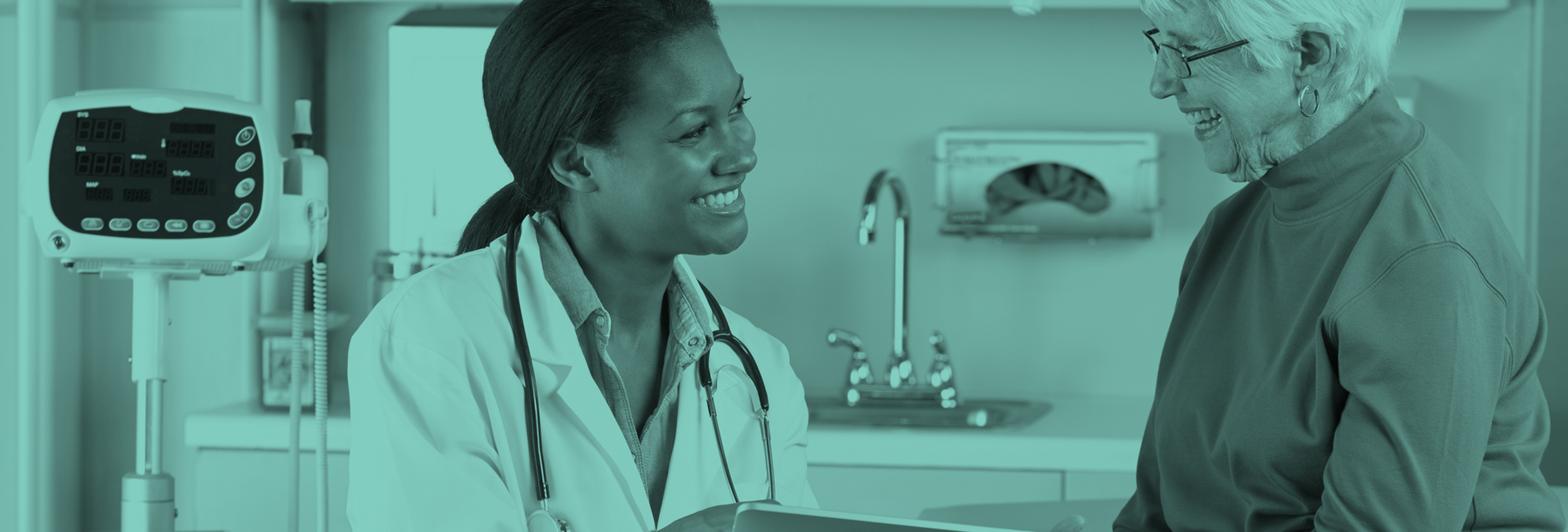Skills Benefits
The fact that competency in communication skills is a mandate of large medical governing organizations reflects today’s emphasis on the importance of communication skills. In 2001, the Institute of Medicine (now known as the National Academy of Medicine) declared that patient-centered care was one of six objectives for improving health care in the 21st century (IOM, 2001). In 1999, the Association of American Medical Colleges called for greater teaching of communication skills (AAMC, 1999). In 2003, the Accreditation Council for Graduate Medical Education requested competency-based teaching and assessment of “interpersonal and communication skills” as a core clinical competency (ACGME, 2007). The American Board of Medical Specialties adopted the same competencies or re-certification (ABMS, 2016).
Good communication forms the basis of rapport, trust and professionalism (Gabay, 2015). Further, because of computers, electronic health records and the internet, better communication is more necessary than ever to obtain accurate histories and assist patients in their navigation of the health system, as well as to contain costs (Lazare, 1995; Stewart, 2011; Epstein, 2005; Wright, 2008). While communication deficiencies produce negative outcomes, improved communication results in higher satisfaction both for patients and their clinicians, and evidence shows that it has a positive downstream effect on measurable medical outcomes.
Consider the outcomes of clinical encounters. Greater patient and clinician satisfaction, greater patient understanding and acceptance of treatment plans, reduced patient distress and fewer lawsuits are key outcomes related to communication skills. Interventions to improve clinician-patient communication can lead to improved biomedical outcomes, such as better self-management of diabetes, reduced postoperative morbidity, and better coping and quality of life in cancer patients.
References
Accreditation Council for Graduate Medical Education. (2011). Accreditation Council for Graduate Medical Education Common Program Requirements.
Association of American Medical Colleges. Medical School Objectives Project, Report III. (1999).Contemporary Issues in Medicine: Communication in Medicine. Washington, DC: Association of American Medical Colleges.
Epstein, R. M., Franks, P., Shields, C. G., Meldrum, S. C., Miller, K. N., Campbell, T. L., & Fiscella, K. (2005). Patient-centered communication and diagnostic testing. The Annals of Family Medicine, 3(5), 415-421.
Gabay, G. (2015). Perceived control over health, communication and patient–physician trust. Patient education and counseling, 98(12), 1550-1557.
Institute of Medicine. (2001). Crossing the Quality Chasm: A New Health System for the 21st Century (2001). Washington, DC. National Academy Press.
Lazare, A., Putnam, S. M., & Lipkin, M. (1995). Three functions of the medical interview. In The medical interview (pp. 3-19). Springer, New York, NY.
Stewart, M., Ryan, B. L., & Bodea, C. (2011). Is patient-centred care associated with lower diagnostic costs?. Healthcare Policy, 6(4), 27.
Wright, A. A., Zhang, B., Ray, A., Mack, J. W., Trice, E., Balboni, T., ... & Prigerson, H. G. (2008). Associations between end-of-life discussions, patient mental health, medical care near death, and caregiver bereavement adjustment. Jama, 300(14), 1665-1673.


